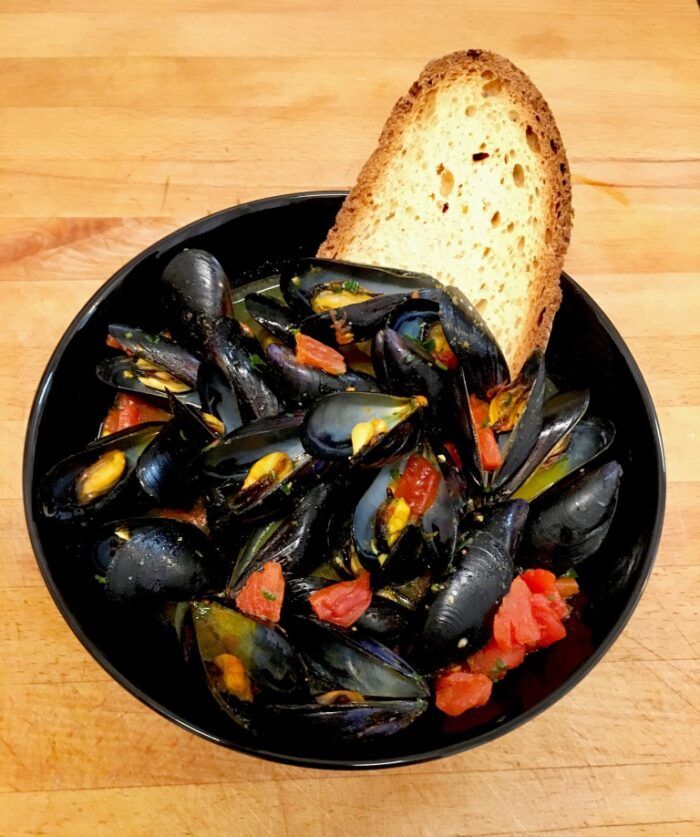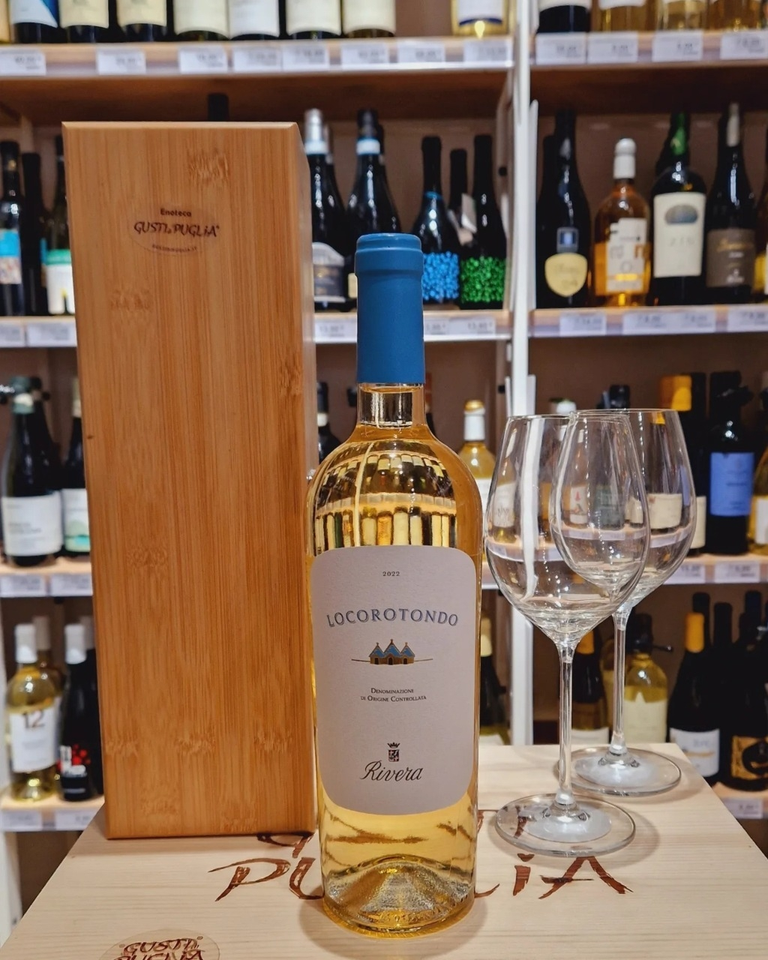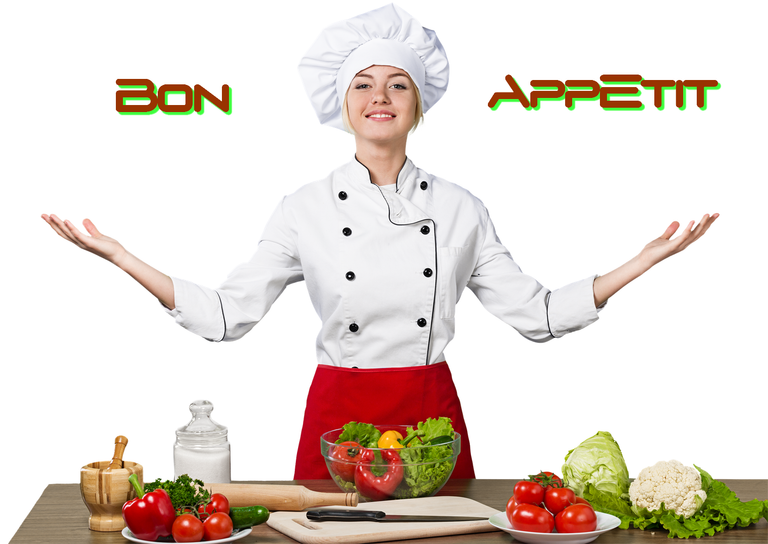
What is called combining art with gastronomy. An exquisite dish presented in the form of a chest.
As the famous Italian gastronome Pellegrino Arusi, author of his celebrated book: L'Arte di Mangiar Bene (The Art of Eating Well), said: "food enters first through the eyes than through the stomach."
Mussels have many properties and applications.
Pickled, steamed, in sauce, or natural. Either way, they are a classic seafood in our gastronomy that, in addition to standing out for its flavor and versatility in the kitchen, provide numerous health benefits.
Therefore, natural they are a very complete food to incorporate into any sports diet. Take note of all the properties of mussels, so you know why you should incorporate them into your diet.

Lo que se llama unir el arte con la gastronomia. Un plato exquisito presentado bajo la forma de un cofre.
Como decía el famoso gastrónomo italiano Pellegrino Arusi autor de su celebrado libro: L'Arte di Mangiar Bene (El Arte de Comer Bien): "la comida entra primero por los ojos que por el estómado."
Los mejillones tienen muc has propiedades y aplicaciones.
En escabeche, al vapor, en salsa, o al natural. De cualquiera de las maneras, son un marisco clásico de nuestra gastronomía que, además de destacar por su sabor y versatilidad en la cocina, aportan numerosos beneficios para la salud.
Por eso, al natural son un alimento muy completo para incorporar a cualquier dieta deportiva. Toma nota de todas las propiedades de los mejillones, para sepas por qué deberías incorporarlos en tu dieta.
Recipe for people n. 6
Notes: 947 calories per person

2 frozen puff pastry rolls
1 egg
For the filling:
2 kg mussels
2 shallots
2 garlic cloves
2 tablespoons olive oil
1 pinch saffron
1 pinch fresh thyme
2 cups dry white wine 1/2 litre cream
3 tablespoons chopped onion
For the tomato stew:
4 large tomatoes
1 clove garlic
1 shallot
1 tablespoon olive oil
3 tablespoons butter
chopped fresh thyme
salt, pepper
To decorate:
a few stalks of chives,
a few basil leaves

Receta para personas n. 6
Notas: 947 calorías por persona
2 rollos de hojaldre congelado
y descongelado
1 huevo
Para el relleno:
2 kg de mejillones
2 chalotas
2 dientes de ajo
2 cucharadas de aceite de oliva
1 pizca de azafrán
1 pizca de tomillo fresco
2 tazas de vino blanco seco 1/2 litro de nata
3 cucharadas de cebolla picada
Para el pisto de tomate:
4 tomates grandes
1 diente de ajo
1 chalota
1 cucharada de aceite de oliva
3 cucharadas de mantequilla
tomillo fresco picado
sal, pimienta
Para decorar:
unos tallos de cebollino,
unas hojas de albahaca

(30') + 60' Cooking
- Heat the oven to 220°. Divide the puff pastry rolls in half. Mark the dough around the perimeter, 1 cm from the edge, and place it on the baking tray.
- Beat the egg and brush the dough with it.
- Place in the oven and cook for eighteen minutes.
- Prepare the filling: carefully scrape the mussels and remove the byssus. Wash them well.
- Peel and chop the shallots with the garlic cloves and brown them in a non-stick pan with the oil, saffron and thyme.
- Add the mussels and sprinkle with wine.
- Cover and cook over high heat until the mussels open.
- Drain the mussels with a skimmer and remove any that remain closed.
- Filter the cooking juice and pour it into a saucepan. Let it reduce and then add the cream.
- Let the sauce reduce again. Set aside the eight largest mussels you will need for decoration, whole in their shells, and peel all the others.
- Remove the sheets from the oven and empty the inner dough along the cut, to form boxes.
- Keep the pasta removed as a lid. Place the pasta boxes in the centre of four individual plates.
- Prepare the tomato ratatouille: make a crosswise cut in the top of the tomatoes and blanch them for a few moments in boiling water.
- Drain, cool under cold water and peel.
- Halve them and remove the seeds and vegetable water; cut the pulp into pieces. Peel and chop the shallot and garlic clove.
- Marinate the tomato pieces with the chopped shallots and garlic and the oil.
- Season with salt, pepper, sprinkle with thyme and heat over low heat.
- Pour a little of this ratatouille into the bottom of the pasta boxes.

(30') + 60' Cocción
- Calentar el horno a 220°. Divida los rollos de hojaldre por la mitad. Marca la masa en todo el perímetro, a 1 cm del borde y colócala en la bandeja de horno.
- Batir el huevo y pincelar con él la masa.
- Introducir en el horno y dejar cocer durante dieciocho minutos.
- Preparar el relleno: raspar con cuidado los mejillones y quitarles el biso. Lávalos bien.
- Pelar y picar las chalotas con los dientes de ajo y dorarlas en una sartén antiadherente con el aceite, el azafrán y el tomillo.
- Añade los mejillones y rocíalos con el vino.
- Tapar y cocinar a fuego alto hasta que se abran los mejillones.
- Escurrir los mejillones con una espumadera y retirar los que queden cerrados.
- Filtrar el jugo de su cocción y verterlo en una cacerola. Dejamos reducir y luego añadimos la nata.
- Deja que la salsa vuelva a reducir. Reserva, enteros con su concha, los ocho mejillones más grandes que necesitarás para decorar y pela todos los demás.
- Sacar las hojas del horno y vaciarlas de la masa interna siguiendo el corte, para formar cajas.
- Mantenga la pasta retirada a modo de tapa. Coloca las cajas de pasta en el centro de cuatro platos individuales.
- Preparar el pisto de tomate: hacer un corte transversal en la parte superior de los tomates y blanquearlos unos instantes en agua hirviendo.
- Escurrirlas, enfriarlas con agua fría y pelarlas.
- Divídelas por la mitad y elimina las semillas y el agua vegetal; cortar la pulpa en trozos. Pelar y picar la chalota y el diente de ajo.
- Marinar los trozos de tomate con las chalotas y el ajo picados y el aceite.
- Sal, pimienta, espolvorea con tomillo y calienta a fuego lento.
- Vierte un poco de este pisto en el fondo de las cajas de pasta.
Recommended wine / Vino recomendado.

- Serve the stewed mussels with a harmonious white wine, such as Locorotondo or Alcamo Inzolia.
- Locorotondo is a hilltop village in Murgia dei Trulli, from where you can enjoy a panoramic view of the valley, dotted with trulli interspersed with the greenery of the vineyards. This wine-growing area, characterized by the production of harmonious whites, develops along the Itria Valley.
- The local climate is favorable to viticulture, thanks to the currents coming from the Adriatic and Ionian seas: the winds, when they collide, give rise to rainfall that cools the torrid summers. Here is Locorotondo, a place where a white wine formerly intended for the production of Vermouth is made. The origin of the name is uncertain; according to a legend it dates back to Periandro Locrise, a mythical character known for his Herculean strength and gigantic stature. Locorotondo is therefore derived from Locrese, that is, inhabited by the Locrians.
A less legendary but probably more reliable hypothesis is that the origin of the name is related to the circular plan that constituted the original urban layout of the town. The current production area of Locorotondo includes, in addition to the town of the same name in the province of Bari, the municipality of Cisternino and part of that of Fasano, in the Brindisi area. The wine is made from a blend that includes Verdeca grapes (50-65%), Bianco d'Alessano (35-50%), Fiano, Bombino Bianco or Malvasia Bianca (maximum 5%). It is also produced in the Spumante version.

- Servir los mejillones guisados con un armonioso vino blanco, como Locorotondo o Alcamo Inzolia.
- Locorotondo es un pueblo situado en una colina de Murgia dei Trulli, desde donde se puede disfrutar de una vista panorámica del valle, salpicado de trulli intercalados con el verdor de los viñedos. Esta zona vitivinícola, caracterizada por la producción de blancos armoniosos, se desarrolla a lo largo del valle de Itria.
- El clima local es favorable a la viticultura, gracias a las corrientes procedentes de los mares Adriático y Jónico: los vientos, al chocar, dan lugar a precipitaciones que refrescan los tórridos veranos. Aquí se encuentra Locorotondo, lugar donde se elabora un vino blanco antiguamente destinado a la elaboración de Vermut. El origen del nombre es incierto; según una leyenda se remonta a Periandro Locrise, un personaje mítico conocido por su fuerza hercúlea y su gigantesca estatura. Locorotondo derivaría, por tanto, de Locrese, es decir, habitada por los locrios.
- Una hipótesis menos legendaria, pero probablemente más fiable, es que el origen del nombre está relacionado con la planta circular que constituía el trazado urbano original del pueblo. La actual zona de producción de Locorotondo incluye, además de la localidad del mismo nombre en la provincia de Bari, el municipio de Cisternino y parte del de Fasano, en la zona de Brindisi. El vino procede de un coupage que incluye uvas Verdeca (50-65%), Bianco d'Alessano (35-50%), Fiano, Bombino Bianco o Malvasia Bianca (máximo 5%). También se produce en la versión Spumante.
Estas recetas y tantas otras publicadas en #BLURT las pueden encontrar en mis blogs en italiano, inglés y español. Más de 5.000 recetas para darle fantasía y color a tu mesa y hacer una figura digna de un/a chefs con tus invitados.

These recipes and many others published in # BLURT can be found on my blogs in Italian, English and Spanish. More than 5,000 recipes to give fantasy and color to your table and make a figure worthy of a chef with your guests.


Y como siempre me despido de todos con un:
And as always I bid you all farewell with a:

Upvoted. Thank You for sending some of your rewards to @null. Get more BLURT:
@ mariuszkarowski/how-to-get-automatic-upvote-from-my-accounts@ blurtbooster/blurt-booster-introduction-rules-and-guidelines-1699999662965@ nalexadre/blurt-nexus-creating-an-affiliate-account-1700008765859@ kryptodenno - win BLURT POWER delegationNote: This bot will not vote on AI-generated content
Thanks @ctime.